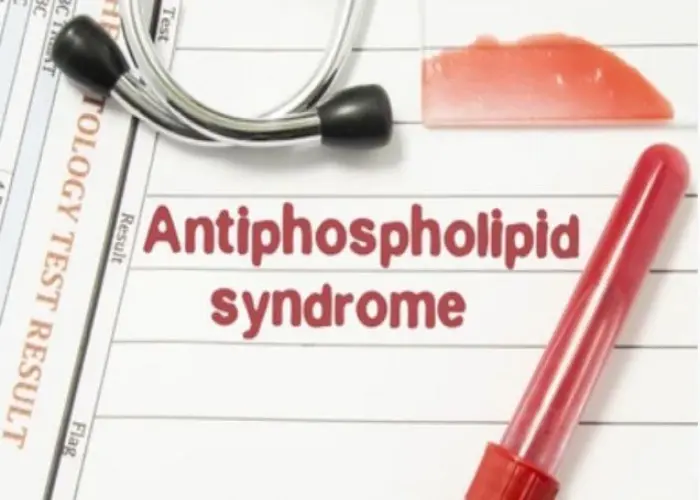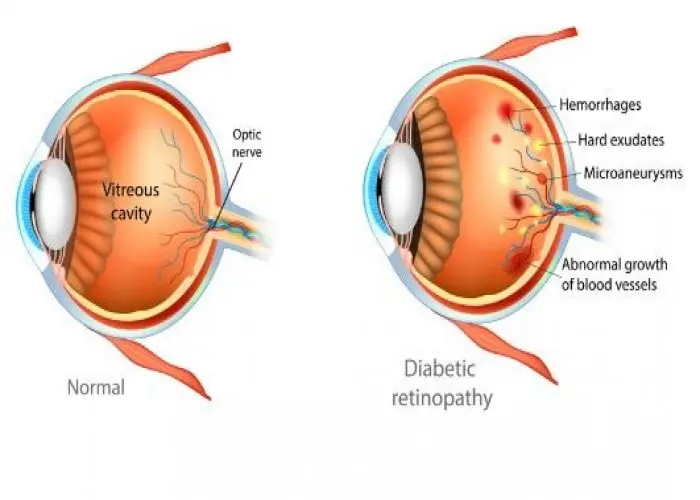 Welcome
Welcome
“May all be happy, may all be healed, may all be at peace and may no one ever suffer."
Tetralogy of Fallot

Tetralogy of Fallot is a type of congenital heart defect that affects the structure of the heart and the way blood flows through it. It is a combination of four abnormalities that occur together, including a ventricular septal defect (hole in the wall that separates the two lower chambers of the heart), narrowing of the pulmonary valve and artery (pulmonary stenosis), an overriding aorta (the aorta is shifted over the ventricular septal defect instead of arising from the left ventricle), and right ventricular hypertrophy (thickening of the right lower chamber of the heart).
Tetralogy of Fallot affects the flow of blood through the heart and can cause low oxygen levels in the body, leading to symptoms such as cyanosis (a bluish tint to the skin, lips, and nails due to low oxygen levels), shortness of breath, fatigue, and poor weight gain in infants.
Treatment for tetralogy of Fallot usually involves surgery to repair the defects in the heart. The goal of surgery is to improve blood flow through the heart and to correct the structural abnormalities. Some people may need more than one surgery, depending on the severity of the defect.
With proper treatment, many people with tetralogy of Fallot are able to lead healthy and active lives. Regular medical follow-up is important to monitor heart function and to address any complications that may arise.
It is important for parents to work closely with their healthcare provider to monitor the health of infants and children with tetralogy of Fallot and to seek medical attention if any new symptoms arise.
Research Papers
Disease Signs and Symptoms
- Blue skin (cyanosis)
- Shortness of breath (dyspnea)
- Irritability
- Irregular heart sound (heart murmur)
- Fainting (syncope)
- Rapid breathing
- Tiring easily during play or exercise
Disease Causes
Tetralogy of Fallot
Tetralogy of Fallot occurs as the baby's heart is developing during pregnancy. Usually, the cause is unknown.
Tetralogy of Fallot includes four defects:
- Narrowing of the lung valve (pulmonary valve stenosis). Narrowing of the valve that separates the lower right chamber of the heart (right ventricle) from the main blood vessel leading to the lungs (pulmonary artery) reduces blood flow to the lungs. The narrowing might also affect the muscle beneath the pulmonary valve. Sometimes, the pulmonary valve doesn't form properly (pulmonary atresia).
- A hole between the bottom heart chambers (ventricular septal defect). A ventricular septal defect is a hole in the wall (septum) that separates the two lower chambers of the heart (left and right ventricles). The hole causes oxygen-poor blood in the right ventricle to mix with oxygen-rich blood in the left ventricle. This causes inefficient blood flow and reduces the supply of oxygen-rich blood to the body. The defect eventually can weaken the heart.
- Shifting of the body's main artery (aorta). Normally the aorta branches off the left ventricle. In tetralogy of Fallot, the aorta is in the wrong position. It's shifted to the right and lies directly above the hole in the heart wall (ventricular septal defect). As a result, the aorta receives a mix of oxygen-rich and oxygen-poor blood from both the right and left ventricles.
- Thickening of the right lower heart chamber (right ventricular hypertrophy). When the heart's pumping action is overworked, the muscular wall of the right ventricle becomes thick. Over time this might cause the heart to stiffen, become weak and eventually fail.
Some children or adults who have tetralogy of Fallot may have other heart defects such as a hole between the heart's upper chambers (atrial septal defect), a right aortic arch or problems with the coronary arteries.
Disease Prevents
Disease Treatments
All babies who have tetralogy of Fallot need corrective surgery performed by a heart (cardiovascular) surgeon. Without treatment, your baby might not grow and develop properly. Your doctor will determine the most appropriate surgery and the timing of the surgery based on your or your child's condition.
Some children may need medicine while waiting for surgery to maintain blood flow from the heart to the lungs.
Surgery or other procedures
Surgery for tetralogy of Fallot involves open-heart surgery to correct the defects (intracardiac repair) or a temporary procedure that uses a shunt. Most babies and older children have intracardiac repair.
Intracardiac repair
This open-heart surgery is usually done during the first year after birth and involves several repairs. Adults with tetralogy of Fallot rarely may undergo this procedure if they didn't have surgical repair as children.
During intracardiac repair, the surgeon will:
- Patch over the ventricular septal defect to close the hole between the lower chambers of the heart (ventricles).
- Repair or replace the narrowed pulmonary valve to increase blood flow to the lungs.
Because the right ventricle won't need to work as hard to pump blood after this procedure, the right ventricle wall will go back to its normal thickness. After intracardiac repair, the oxygen level in the blood increases and symptoms decrease.
Temporary shunt surgery
Occasionally babies need to undergo a temporary (palliative) surgery before having intracardiac repair in order to improve blood flow to the lungs. This procedure may be done if your baby was born prematurely or has pulmonary arteries that are undeveloped (hypoplastic).
In this procedure, the surgeon creates a bypass (shunt) between a large artery that branches off from the aorta and the pulmonary artery.
When your baby is ready for intracardiac repair, the surgeon removes the shunt during the procedure for intracardiac repair.
After surgery
The long-term survival rates for people who've had tetralogy of Fallot surgery continue to improve.
However, sometimes blood flow to the lungs may still be restricted after tetralogy of Fallot surgery. Additional surgeries may be needed. An adult with repaired tetralogy of Fallot may have a leaky pulmonary valve (pulmonary valve regurgitation) and may need to have their pulmonary valve eventually replaced.
Heart rhythm problems (arrhythmias) are common after tetralogy of Fallot repair surgery. Your doctor may recommend medications, a procedure to treat the arrhythmias (ablation) or a special pacemaker that treats life-threatening arrhythmias (implantable cardioverter-defibrillator).
Ongoing care
People with tetralogy of Fallot need lifelong care with a pediatric or adult congenital cardiologist to ensure the surgery's success and to monitor for complications. Checkups often include imaging tests to determine how well treatment is working.
Disease Diagnoses
Disease Allopathic Generics
Disease Ayurvedic Generics
Disease Homeopathic Generics
Disease yoga
Tetralogy of Fallot and Learn More about Diseases

Antiphospholipid syndrome

Trichotillomania (hair-pulling disorder)

Sprained ankle

Epilepsy

Mood disorders

Torn meniscus

Diabetic retinopathy

Broken hand
tetralogy of fallot, টেট্রালোজি অব ফ্যালট
To be happy, beautiful, healthy, wealthy, hale and long-lived stay with DM3S.
